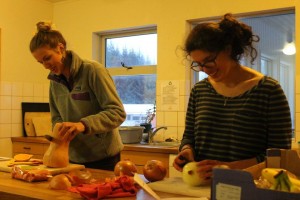
We were very unaware of what the food situation would be prior to coming here and I don’t think any of us were prepared to cook for twelve people on a day to day basis. Breakfast was a solo deal, lunch was provided by Solhiemar but every night two students had to cook dinner for the 12 of us. Cooking for twelve people is much different than cooking for two people, we had to learn how to quantify over six times more food than we’re used to, it was nuts. I can now safely say all of us are extraordinarily well prepared to cook for a lot of people, do it with very limited ingredients, and figure out what to make in a matter of minutes.
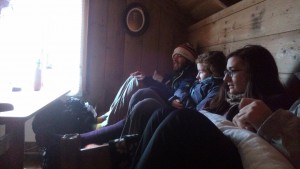
We took history class a step farther than lectures and spent the night in a traditional Icelandic turf house. Islanders lived in turf houses until the middle of the 20th century, at which point much of the population shifted to more city living and modern housing styles. Our hosts, Hannis and Christine, are some of the Icelanders working to keep their heritage alive by maintaining some of these houses as a museum. Having this wonderful opportunity gave us a perspective into Icelandic history that could not have been obtained through books or movies.
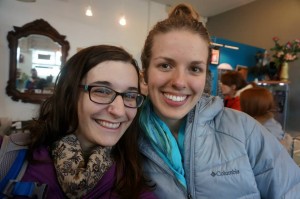
On this day in Reykjavik, a couple of us learned about solidarity and supporting friends. Adriana and I had both been considering getting our noses pierced, but neither of us had worked up the courage to do it on our own before. Some of the other students had decided to get piercings that day and we decided that we would both do it, so as to be able to support each other. Knowing that we were both going through the same thing made it easier to sit back in the leather chair and keep smiling.
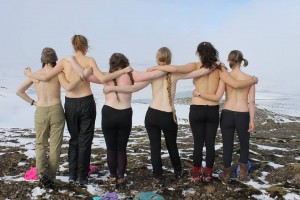
Courageous. I don’t think I’ve ever experienced the full extent of this word until I traveled to the land of fire and ice (but mostly ice). Ten students from all of over the United States came together to live in an intentional community, in a small ecovillage, on the small island called Iceland. We didn’t know each other and were slightly terrified of spending three months with almost exclusively these ten individuals. More than anything we learned from each other, how to be vulnerable, how to coexist, and how to love the people even though our time together is short.
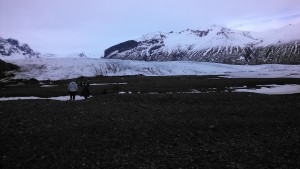
Glaciers have been a beautifully depressing experience for all of us CELL students. The gigantic mass of thousand year old ice is melting, at a rapid pace with no intention of slowing down. Like a cross-country runner, the ice keeps running, and running, until there’s nothing left. It’s a sobering view when you realize the next time you visit Iceland it’s likely the glacier in front of you will drastically change in a few short years. We’ve learned impermanence and how painful that can be, even for visitors.
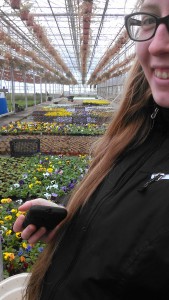
Sunlight and heat are sparse resources in Iceland, we learned this quickly and harshly walking off the plane that took us from Boston. When the plane landed we heard the wind whistle through the aircraft, rain smacked and rattled the side of the plane, and we could knew walking out of the plane was not going to be pleasant. However we were not anticipating the raw strength of Icelandic wind, when I took my first step out of the warm airplane into what felt like a hurricane, I was nearly knocked to my feet. Our first ten minutes in Iceland taught how valuable sunshine is, even if it may be synthetic, cherish these moments.
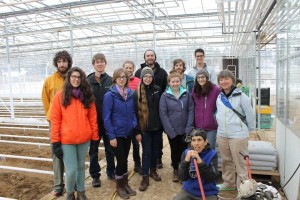
Coming to Iceland was an important lesson in how strangers become friends. This photo was taken on our first day in Sólheimar and, maybe it was the jet lag, but we all look pretty awkward. This photo is clearly of a bunch of strangers who suddenly have to live together for the next 3 months. I was amazed by how quickly our awkwardness faded and our friendships grew. I would now say that I feel as close to these people as friends that I have known for a year. Karin compares it to “dog years”. A friendship of 3 months in a program like this can be comparable to a year-long friendship in normal life. I hope for the best for all of these people as they return to their lives after the program and hope that we are all able to stay connected over the years.
